The European Commission’s proposal to cut Russian liquefied natural gas (LNG) imports as of 1 January 2027 is drawing criticism for its limited scope and the risk that Russia will have time to adapt.












The European Commission’s proposal to cut Russian liquefied natural gas (LNG) imports as of 1 January 2027 is drawing criticism for its limited scope and the risk that Russia will have time to adapt.
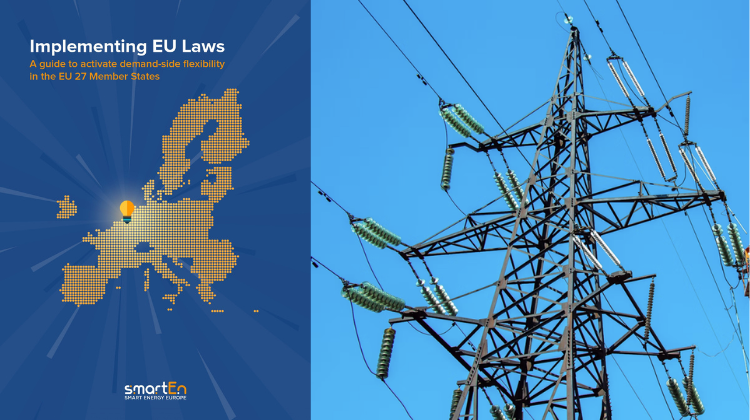
A report by the SmartEN association warns that the full activation of demand-side flexibility could drastically reduce grid reinforcement costs, avoid renewable energy curtailment, and eliminate the need to build 137 gas power plants by 2030.
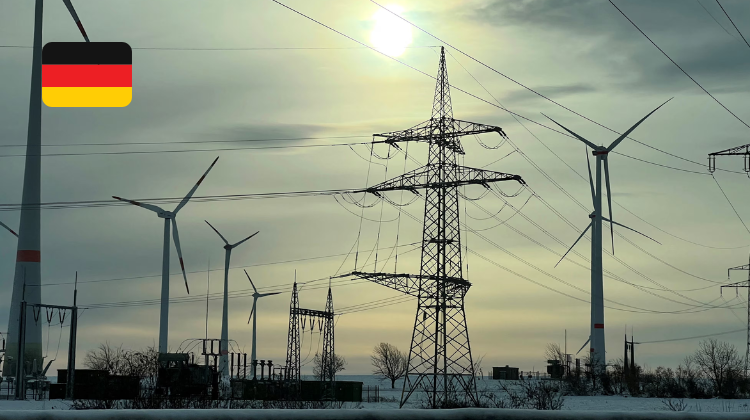
Germany’s Energy Minister Katherina Reiche presented a “monitoring report” on the progress of the German energy transition. With this “reality check” her Ministry aims to keep the transition science-based and affordable. The report suggests targeted tweaks to German energy policy rather than a categorical reorientation.

The catalog, which brings together technical sheets, success stories, and global experiences in modules, inverters, trackers, and batteries, is now available. This free and accessible strategic tool connects manufacturers, generators, inverters, and distributors, reinforcing Energía Estragica’s leadership in the dissemination of specialized knowledge.
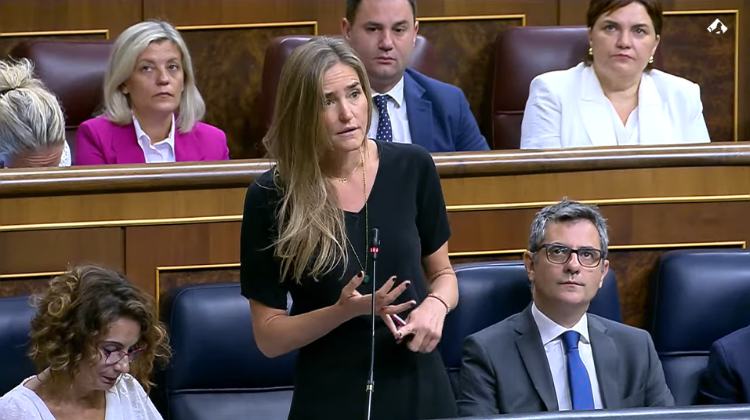
Minister Sara Aagesen defended in Parliament the electricity transmission plan with €13.59 billion, an attractive remuneration framework and measures to optimise the grid, amid rapid growth in renewables and electrification.

The confirmation of constraints in the distribution grids is challenging the bankability of stand-alone projects, which must now wait for the CNMC to finalise the resolution on flexible demand and capitalise on the drop in CAPEX.
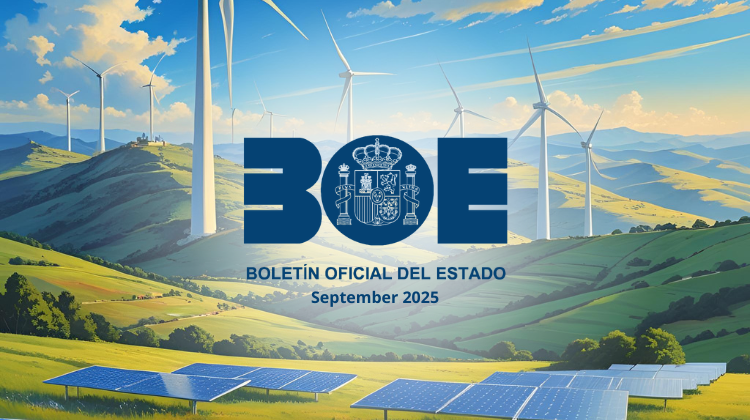
This month, 19 resolutions were published in the BOE for solar-wind hybridisation and storage projects. In addition, 115 MW of wind capacity were rejected, corresponding to Repsol and Aspiravi.
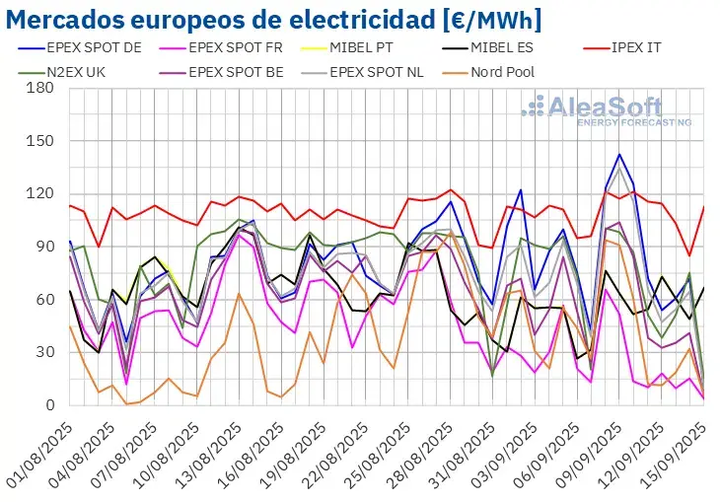
In the second week of September, prices in most of the main European electricity markets rose, although the weekly average remained below €75/MWh. Several exceeded €100/MWh on some days, with Germany leading the way by reaching its highest daily price since February on September 9, at €142.45/MWh.
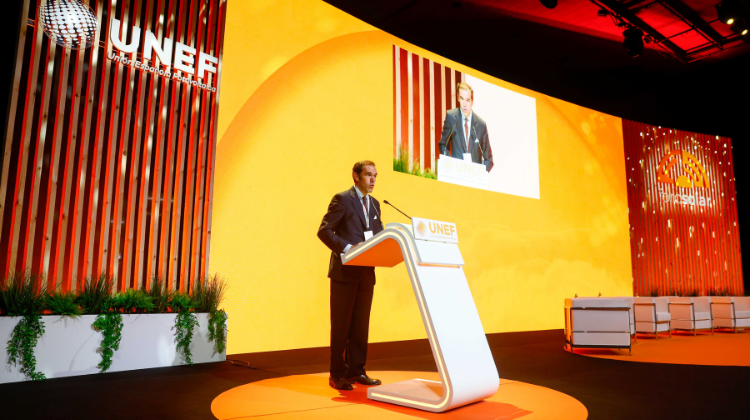
Seventeen round tables and keynote speeches will address the challenges and opportunities of the energy transition and the future of photovoltaics in Spain. Alberto Nadal, the new Deputy Secretary for the Economy of the Partido Popular, has confirmed his attendance to present the energy model proposed by the main opposition party.
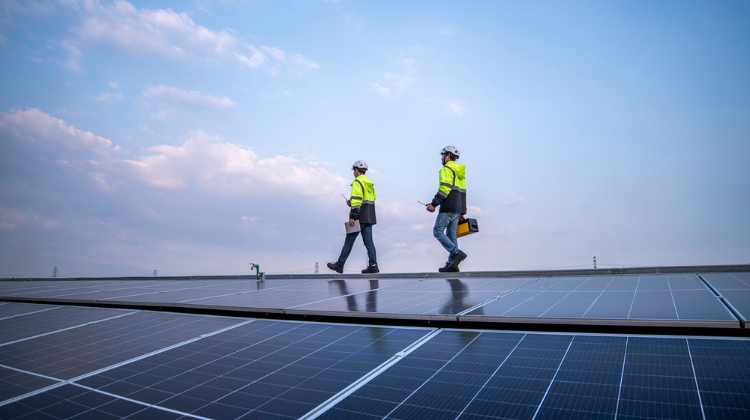
Installed capacity in the first half of the year dropped to 611 MW (-14.6%). The blackout and lower surplus prices boosted residential installations (+11.6%) and triggered a record surge in batteries (+88%). Distributed storage is consolidating its role as a key element for household security and a lifeline for industry. With the grid at breaking point, self-consumption with storage is the only way for industry to expand its effective capacity.

The public hearing begins on the draft royal decree regulating investment plans for electricity networks.
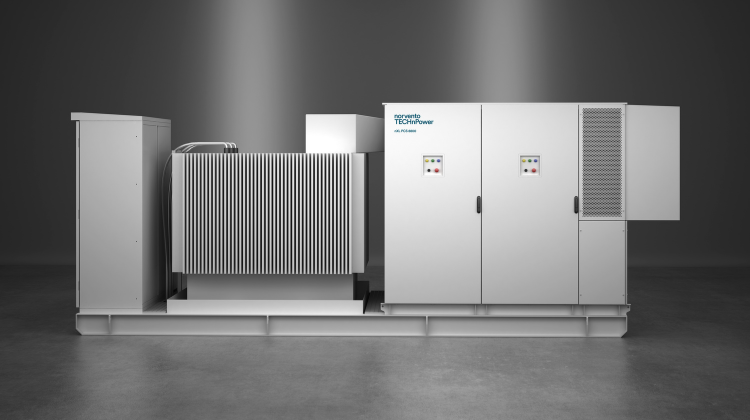
The nXL family delivers up to 9 MVA in 20 feet, with a record 622 kVA/m³ and a sealed IP65 design. The company already has initial manufacturing commitments supported by the Innovation Fund (€27.5 million).
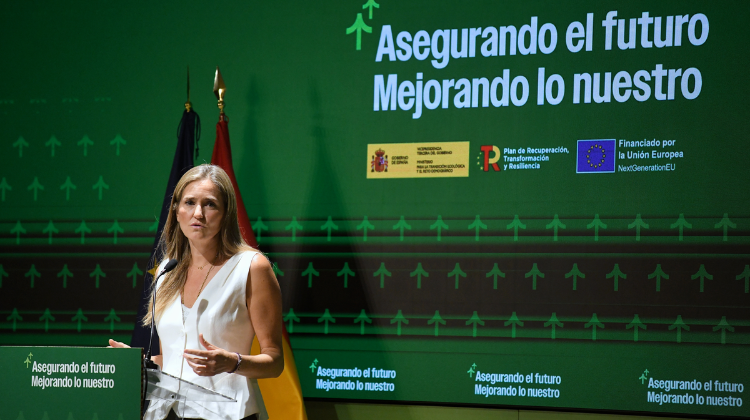
Sara Aagesen chaired the presentation of the results of the PRTR (Plan for Investment in the Ecological Transition), held at the Madrid College of Architects. The ministry recognizes 39 exemplary initiatives in the implementation of the Recovery, Transformation and Resilience Plan.

Grid saturation is leaving no capacity for new industries and electrification projects, hindering stand‑alone batteries and putting downward pressure on PPAs. Experts are calling for urgent measures to enable flexible connections and accelerate investment in networks.
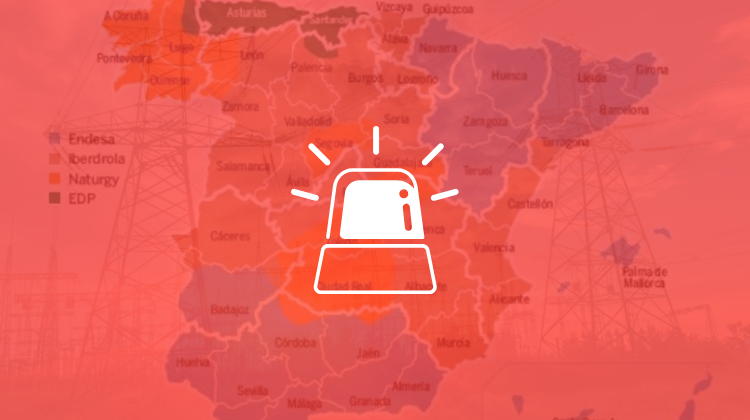
The publication of firm demand capacity maps confirms that 83.4% of nodes are saturated and shows 0 MW available in key substations, constraining new industry, renewables and green hydrogen. The sector is calling for flexible connections and investment in networks with clear rules from CNMC and MITECO.
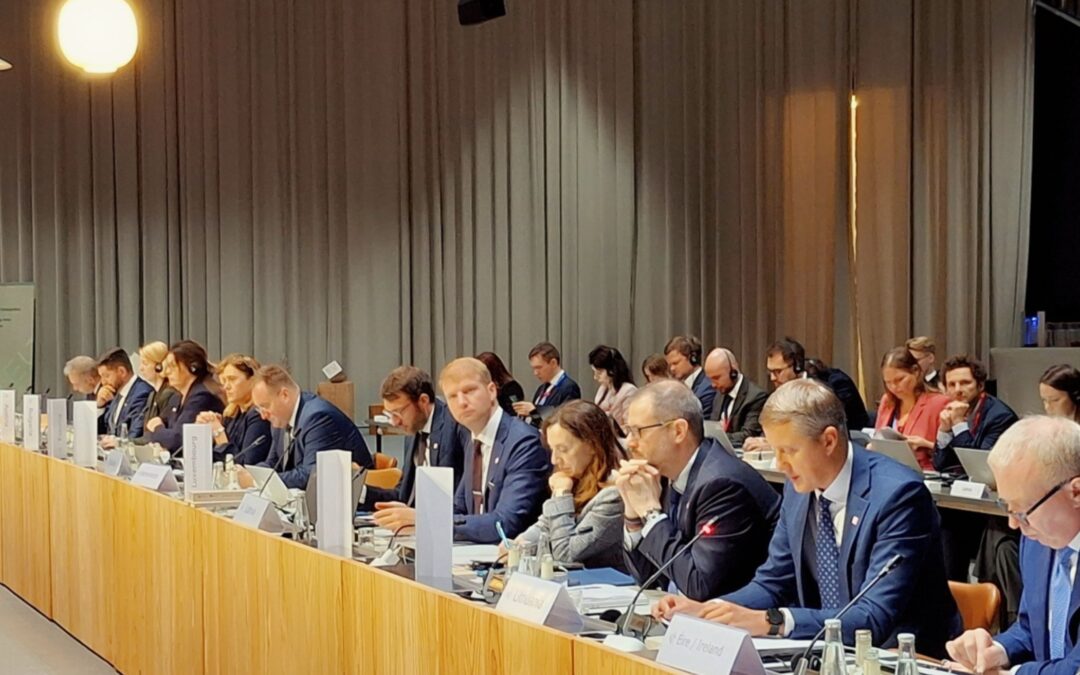
The informal ministerial meeting discussed the future of Europe’s energy architecture beyond 2030, as well as digitisation, clean technologies, and energy infrastructure issues.

Methane accounts for 18.62% of net emissions in Spain and is 84 times more potent than CO2 over 20 years. Environmental groups and experts are calling for an intersectoral plan to boost renewables and curb dependence on gas.

44% of the territory is under environmental protection, and 224 degraded sites have been identified as potential locations.

In the first week of September, the weekly prices of the main European electricity markets fell compared to the previous week, with most falling below €75/MWh. On some days, most markets registered daily prices below €30/MWh, although Italy and Germany reached over €100/MWh.

The MITECO is processing seven renewable projects from Iberdrola, Boreas Energy, Naturgy, Siemens Gamesa and Sistemas Energéticos, involving hybridisation, batteries and repowering in Cáceres, Burgos, Aragón, Navarra, Ciudad Real and Zaragoza.

New data from ACER reveals that EU countries only made available 54% of transmission capacity on the most congested lines in 2024—well below the 70% regulatory threshold—resulting in €580 million in lost welfare and €4.3 billion in congestion management costs.

The European Commission’s proposal to cut Russian liquefied natural gas (LNG) imports as of 1 January 2027 is drawing criticism for its limited scope and the risk that Russia will have time to adapt.

A report by the SmartEN association warns that the full activation of demand-side flexibility could drastically reduce grid reinforcement costs, avoid renewable energy curtailment, and eliminate the need to build 137 gas power plants by 2030.

Germany’s Energy Minister Katherina Reiche presented a “monitoring report” on the progress of the German energy transition. With this “reality check” her Ministry aims to keep the transition science-based and affordable. The report suggests targeted tweaks to German energy policy rather than a categorical reorientation.

The catalog, which brings together technical sheets, success stories, and global experiences in modules, inverters, trackers, and batteries, is now available. This free and accessible strategic tool connects manufacturers, generators, inverters, and distributors, reinforcing Energía Estragica’s leadership in the dissemination of specialized knowledge.

Minister Sara Aagesen defended in Parliament the electricity transmission plan with €13.59 billion, an attractive remuneration framework and measures to optimise the grid, amid rapid growth in renewables and electrification.

The confirmation of constraints in the distribution grids is challenging the bankability of stand-alone projects, which must now wait for the CNMC to finalise the resolution on flexible demand and capitalise on the drop in CAPEX.

This month, 19 resolutions were published in the BOE for solar-wind hybridisation and storage projects. In addition, 115 MW of wind capacity were rejected, corresponding to Repsol and Aspiravi.

In the second week of September, prices in most of the main European electricity markets rose, although the weekly average remained below €75/MWh. Several exceeded €100/MWh on some days, with Germany leading the way by reaching its highest daily price since February on September 9, at €142.45/MWh.

Seventeen round tables and keynote speeches will address the challenges and opportunities of the energy transition and the future of photovoltaics in Spain. Alberto Nadal, the new Deputy Secretary for the Economy of the Partido Popular, has confirmed his attendance to present the energy model proposed by the main opposition party.

Installed capacity in the first half of the year dropped to 611 MW (-14.6%). The blackout and lower surplus prices boosted residential installations (+11.6%) and triggered a record surge in batteries (+88%). Distributed storage is consolidating its role as a key element for household security and a lifeline for industry. With the grid at breaking point, self-consumption with storage is the only way for industry to expand its effective capacity.

The public hearing begins on the draft royal decree regulating investment plans for electricity networks.

The nXL family delivers up to 9 MVA in 20 feet, with a record 622 kVA/m³ and a sealed IP65 design. The company already has initial manufacturing commitments supported by the Innovation Fund (€27.5 million).

Sara Aagesen chaired the presentation of the results of the PRTR (Plan for Investment in the Ecological Transition), held at the Madrid College of Architects. The ministry recognizes 39 exemplary initiatives in the implementation of the Recovery, Transformation and Resilience Plan.

Grid saturation is leaving no capacity for new industries and electrification projects, hindering stand‑alone batteries and putting downward pressure on PPAs. Experts are calling for urgent measures to enable flexible connections and accelerate investment in networks.

The publication of firm demand capacity maps confirms that 83.4% of nodes are saturated and shows 0 MW available in key substations, constraining new industry, renewables and green hydrogen. The sector is calling for flexible connections and investment in networks with clear rules from CNMC and MITECO.

The informal ministerial meeting discussed the future of Europe’s energy architecture beyond 2030, as well as digitisation, clean technologies, and energy infrastructure issues.

Methane accounts for 18.62% of net emissions in Spain and is 84 times more potent than CO2 over 20 years. Environmental groups and experts are calling for an intersectoral plan to boost renewables and curb dependence on gas.

44% of the territory is under environmental protection, and 224 degraded sites have been identified as potential locations.

In the first week of September, the weekly prices of the main European electricity markets fell compared to the previous week, with most falling below €75/MWh. On some days, most markets registered daily prices below €30/MWh, although Italy and Germany reached over €100/MWh.

The MITECO is processing seven renewable projects from Iberdrola, Boreas Energy, Naturgy, Siemens Gamesa and Sistemas Energéticos, involving hybridisation, batteries and repowering in Cáceres, Burgos, Aragón, Navarra, Ciudad Real and Zaragoza.

New data from ACER reveals that EU countries only made available 54% of transmission capacity on the most congested lines in 2024—well below the 70% regulatory threshold—resulting in €580 million in lost welfare and €4.3 billion in congestion management costs.

Select the sector you
want to know more about
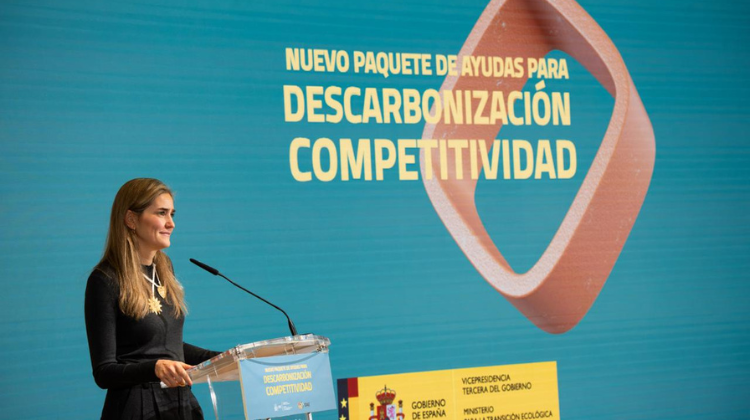
“Este paquete nos permitirá avanzar en el modelo que nos ha permitido ser una referencia económica, medioambiental, de modernización industrial y de lucha contra el cambio climático”. Se articula en cuatro ejes de actuación, cadena de valor industrial, integración de renovables, impulso a la movilidad eléctrica, y soluciones térmicas innovadoras de ámbito industrial y residencial.

The Institute presents at the joint GENERA + Matelec fair the event Spain, for a green and competitive reindustrialization, which will be opened by the Secretaries of State for Energy and Industry.

El Instituto presenta en la feria conjunta GENERA + Matelec el acto España, por una reindustrialización verde y competitiva, que abrirán los secretarios de Estado de Energía y de Industria.